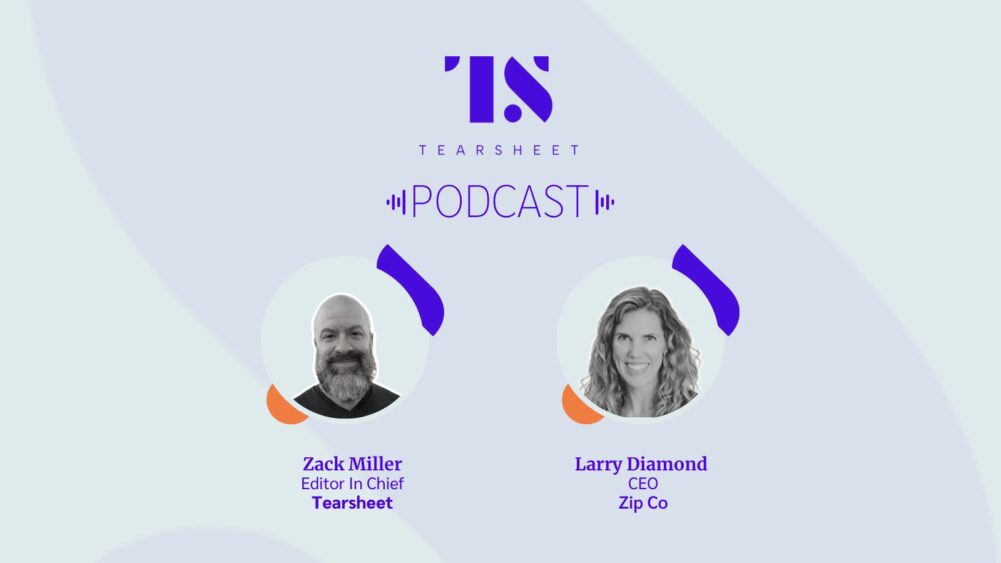Podcasts
On the evolution of Square Banking with Christina Riechers
- From just an idea 7 years ago to the recent launch of Square Savings, the payments company is moving deeper in banking for its SMB customers.
- The head of Square Banking, Christina Riechers joins us on the podcast to discuss where the business has come from and where it's headed.








